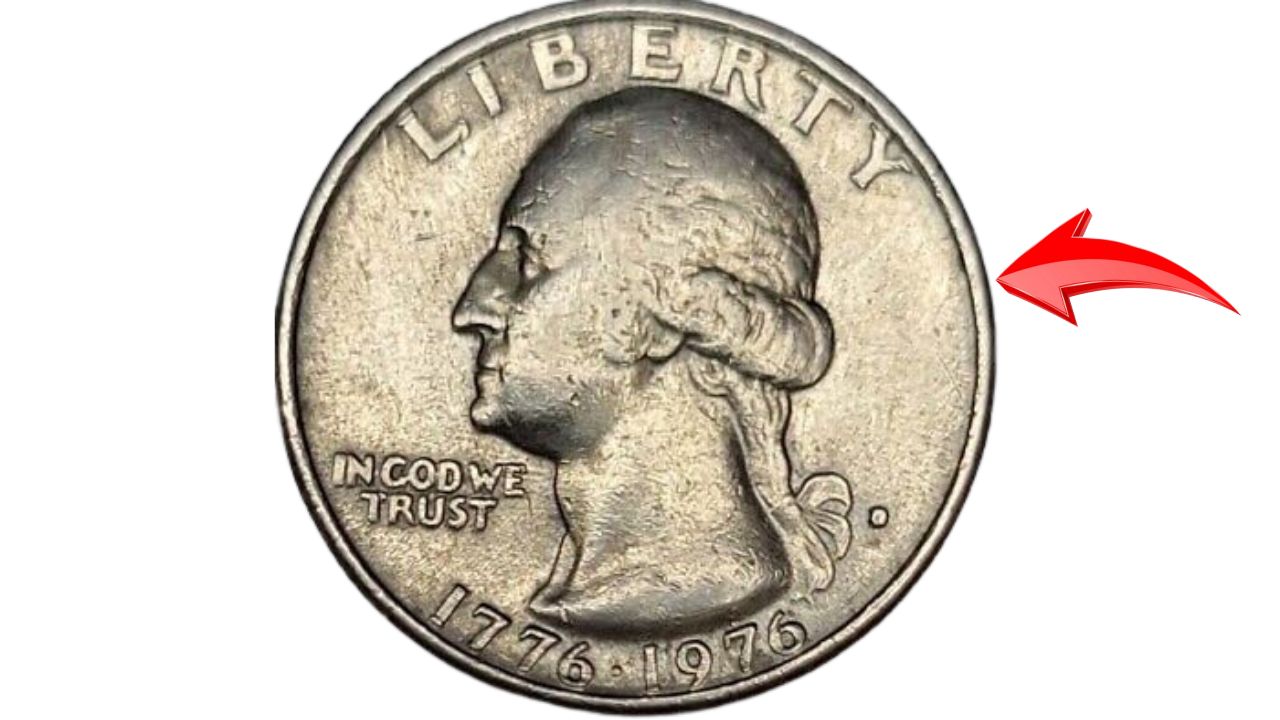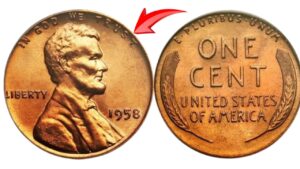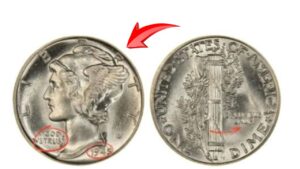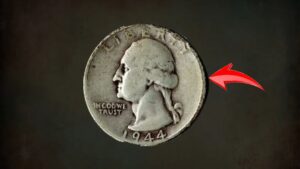Most people see a quarter and think 25 cents. But if you’ve got a 1967 quarter in your pocket or tucked away in a jar, it might be worth far more than that. While millions were minted that year, certain features—like rare errors, unique finishes, or exceptional preservation—can significantly boost the coin’s value. Let’s break down what makes some 1967 quarters worth collecting and how you can spot one that stands out from the rest.
Why the 1967 Quarter Coin Stands Out
The 1967 quarter was minted during a pivotal moment in U.S. coinage history. Just two years earlier, the Coinage Act of 1965 eliminated silver from circulating quarters due to rising silver prices and hoarding. As a result, 1967 quarters were made using a copper-nickel clad composition, rather than 90% silver like earlier issues.
To discourage hoarding and speculation, the U.S. Mint also chose to omit all mint marks between 1965 and 1967. That means you won’t see a “D” (Denver), “S” (San Francisco), or “P” (Philadelphia) mark on any 1967 quarter—making all coins of that year visually identical in terms of origin.
Key Characteristics of the 1967 Quarter
Here’s what to look for when identifying a 1967 quarter:
| Feature | Description |
|---|---|
| Weight | 5.67 grams |
| Diameter | 24.3 mm |
| Composition | 75% copper, 25% nickel (on a copper core) |
| Obverse Design | George Washington with “LIBERTY” and “IN GOD WE TRUST” |
| Reverse Design | Eagle with outstretched wings, olive branch and arrows |
| Edge | Reeded |
| Mint Mark | None (mint marks were suspended 1965–1967) |
While most of these coins are very common, some features can make them far more valuable to collectors.
What Makes a 1967 Quarter Valuable?
Most 1967 quarters found in circulation are worth face value. However, there are three main categories that may command a premium:
1. High-Grade Uncirculated Coins
Coins that have never been used in commerce and maintain a pristine surface can be highly valuable. In particular, those graded MS65 or higher by professional services like PCGS or NGC can fetch several hundred dollars. An exceptionally well-preserved 1967 quarter graded MS68 or above has sold for as much as $6,250.
2. Special Mint Set (SMS) Coins
Due to the coin shortage at the time, the U.S. Mint produced SMS coins in place of traditional proof sets. These coins feature a satin-like finish and crisper details. A high-grade SMS quarter—especially one graded MS69—can sell for up to $150.
3. Rare Error Coins
Some 1967 quarters contain minting mistakes that can make them far more valuable:
| Error Type | Description | Estimated Value |
|---|---|---|
| Nickel Planchet Strike | Smaller size, off design | $130–$160 |
| Copper Planchet Strike | Reddish tint, missing clad layers | $90–$150 |
| Dime Planchet Strike | Undersized, design cut off | ~$100 |
| Off-Center Strike | Design misaligned, partial blank area | Varies, up to $200+ |
| Curved Clip | Partially missing edge from miscut | Up to $400 |
These errors are rare but do occasionally appear in circulation.
How to Tell If You Have a Valuable 1967 Quarter
Not sure if your quarter is worth more than 25 cents? Follow these steps:
- Check for Unique Features: Look for off-center designs, color differences, or missing edges.
- Weigh It: A typical 1967 quarter should weigh 5.67 grams. Anything significantly heavier (like 6.25 grams) may indicate a silver planchet error.
- Inspect the Finish: SMS coins have a distinctive matte look compared to regular circulation coins.
- Get It Graded: Use services like PCGS or NGC for a professional opinion.
- Research and Sell Smart: High-value coins sell best on trusted platforms like eBay, Heritage Auctions, or through certified dealers.
Hidden Treasures in Pocket Change
While most 1967 quarters are worth exactly what they say—25 cents—certain versions can be worth hundreds or even thousands of dollars. Whether it’s an error coin, an SMS edition, or an exceptionally preserved specimen, taking a closer look at your change could reveal a hidden gem. It’s always worth inspecting old coins before passing them along—you never know when history and value collide.
FAQs
What does it mean if a 1967 quarter has no mint mark?
All 1967 quarters were produced without mint marks by design, to discourage collecting during a coin shortage.
Are SMS quarters the same as proof coins?
No, but they’re similar. SMS quarters have a special satin finish but lack the mirror-like surfaces of proofs.
Where can I sell a rare 1967 quarter?
Online marketplaces like eBay, or through professional coin dealers and auction houses such as Heritage Auctions.
What’s the easiest way to spot an error coin?
Look for unusual sizes, missing design elements, off-center strikes, or discoloration.



